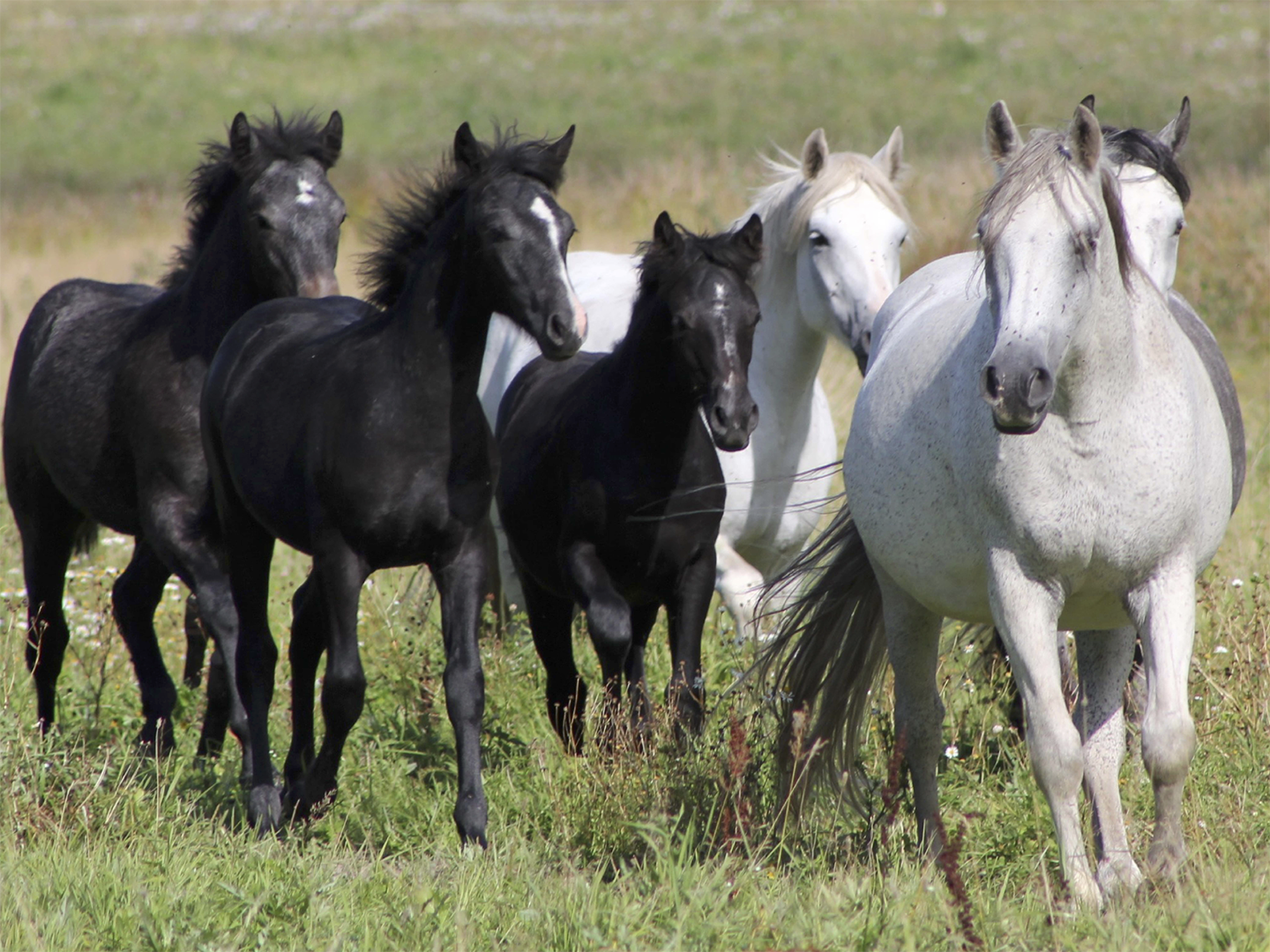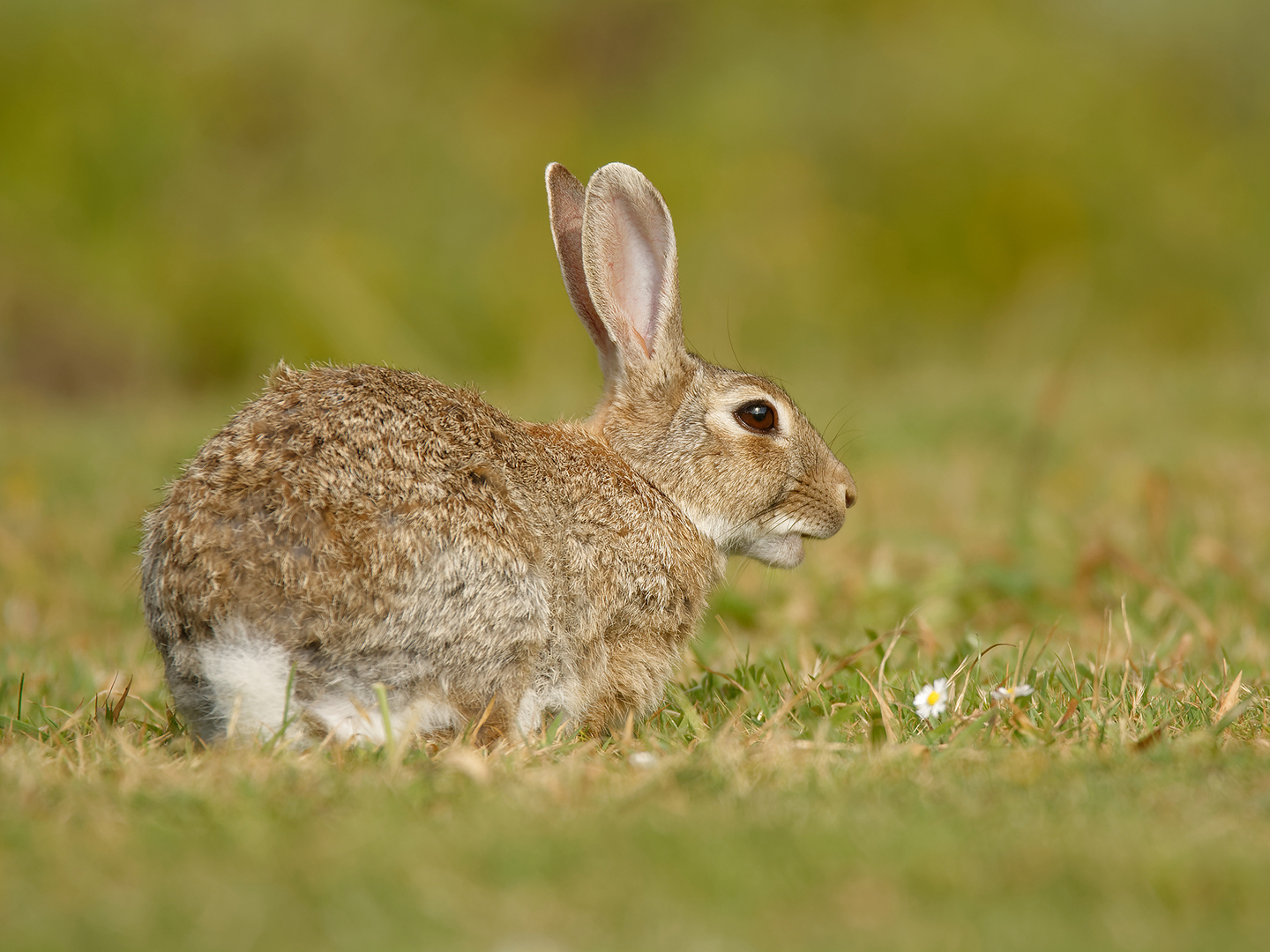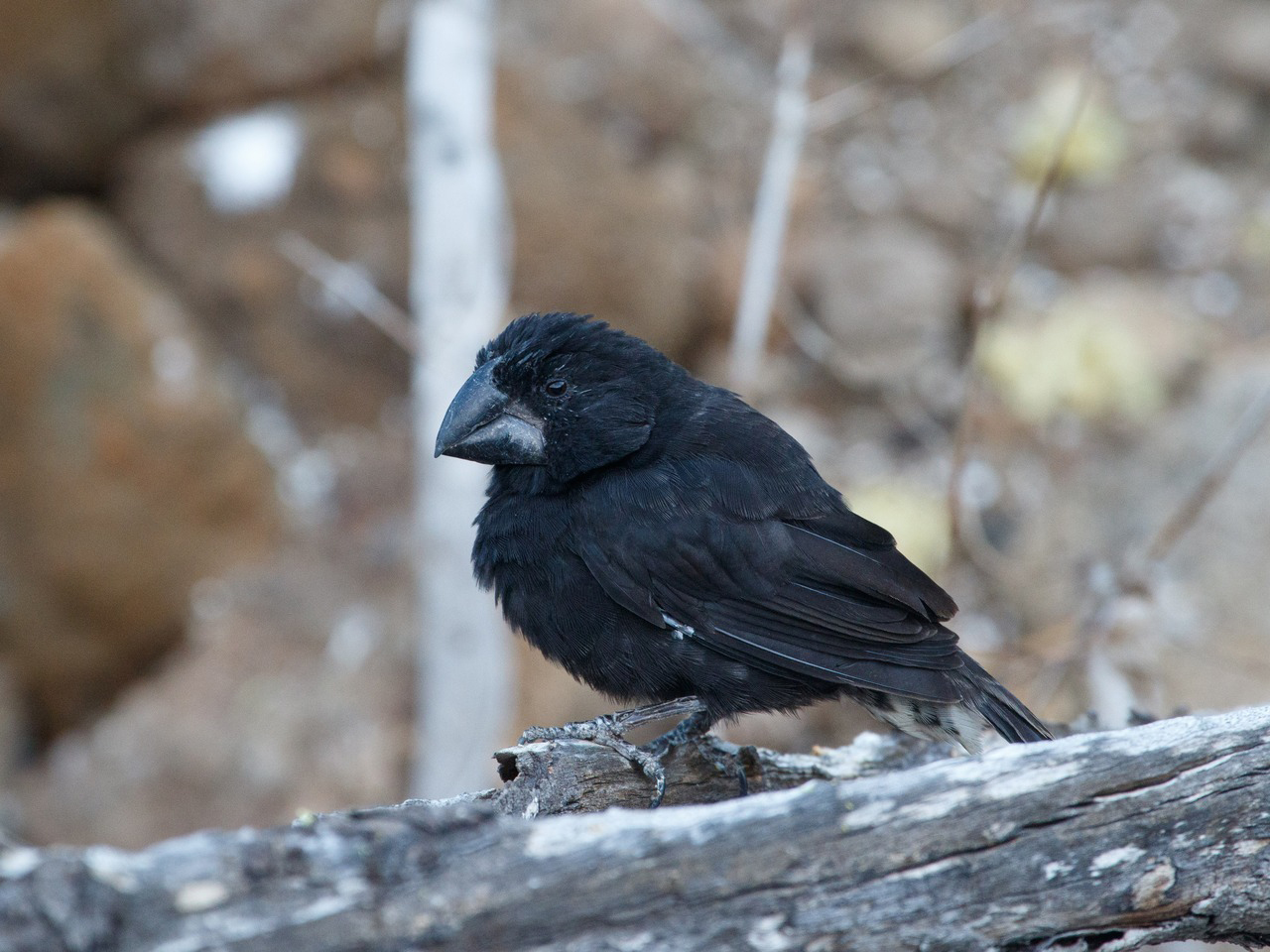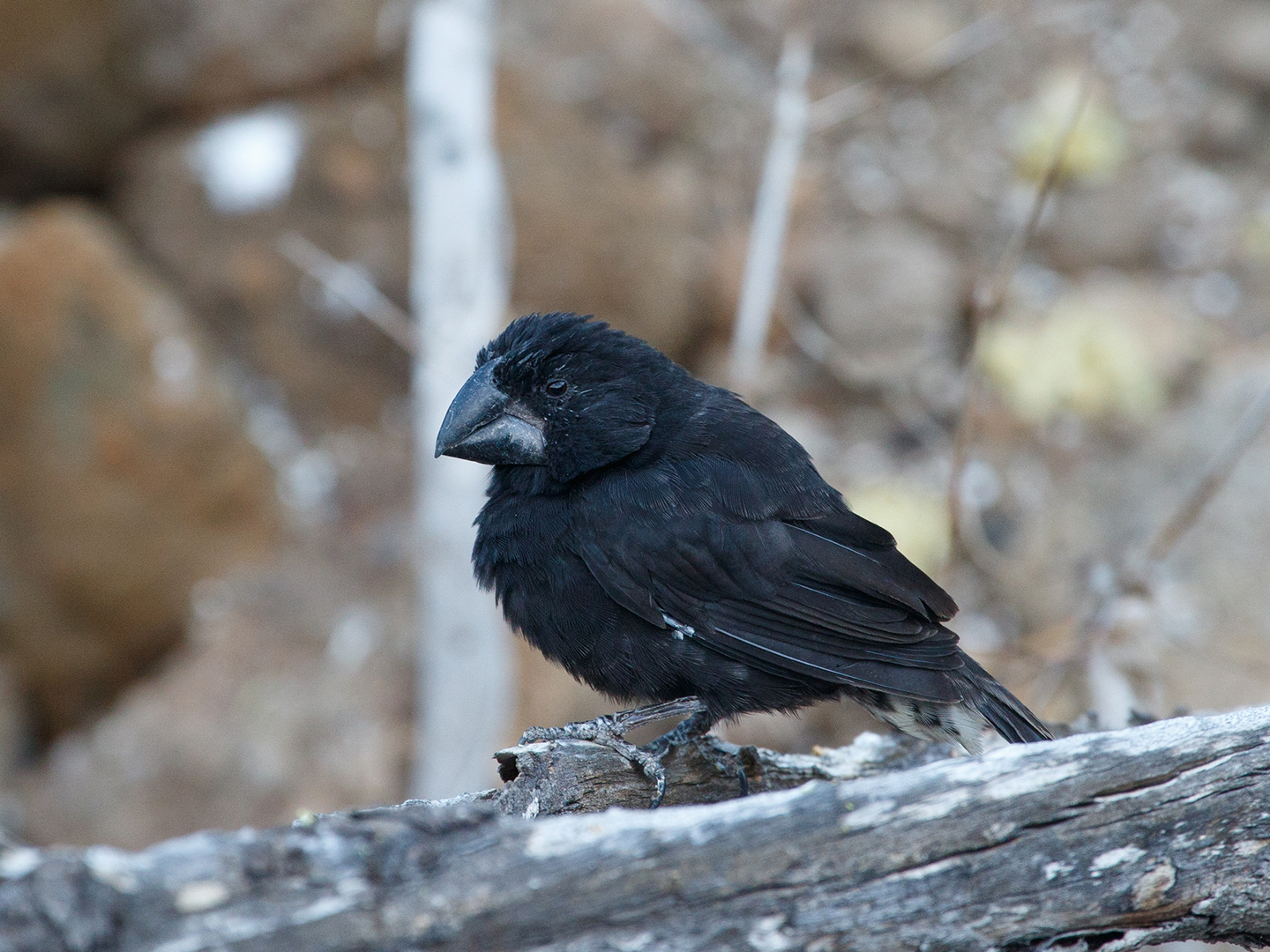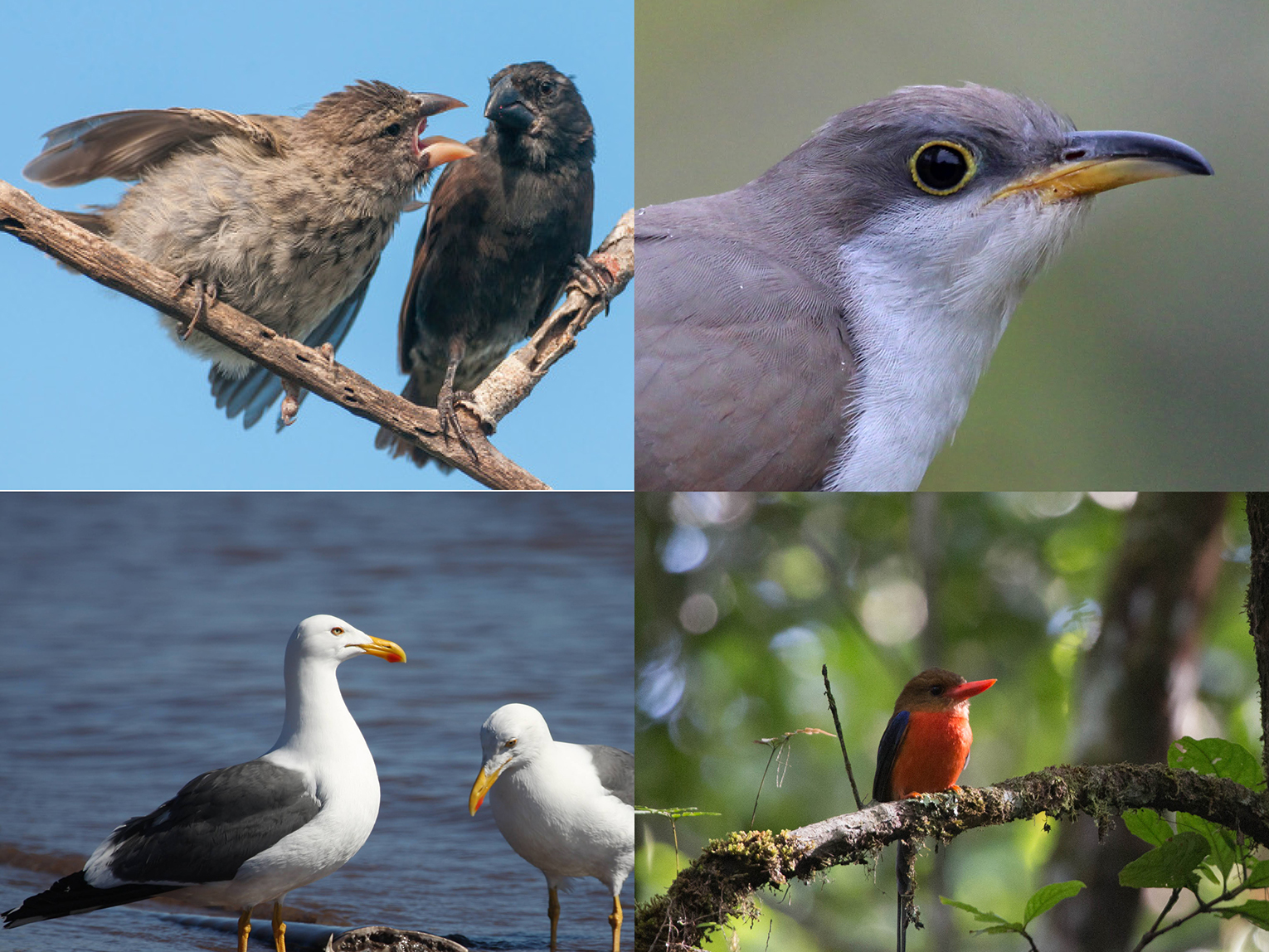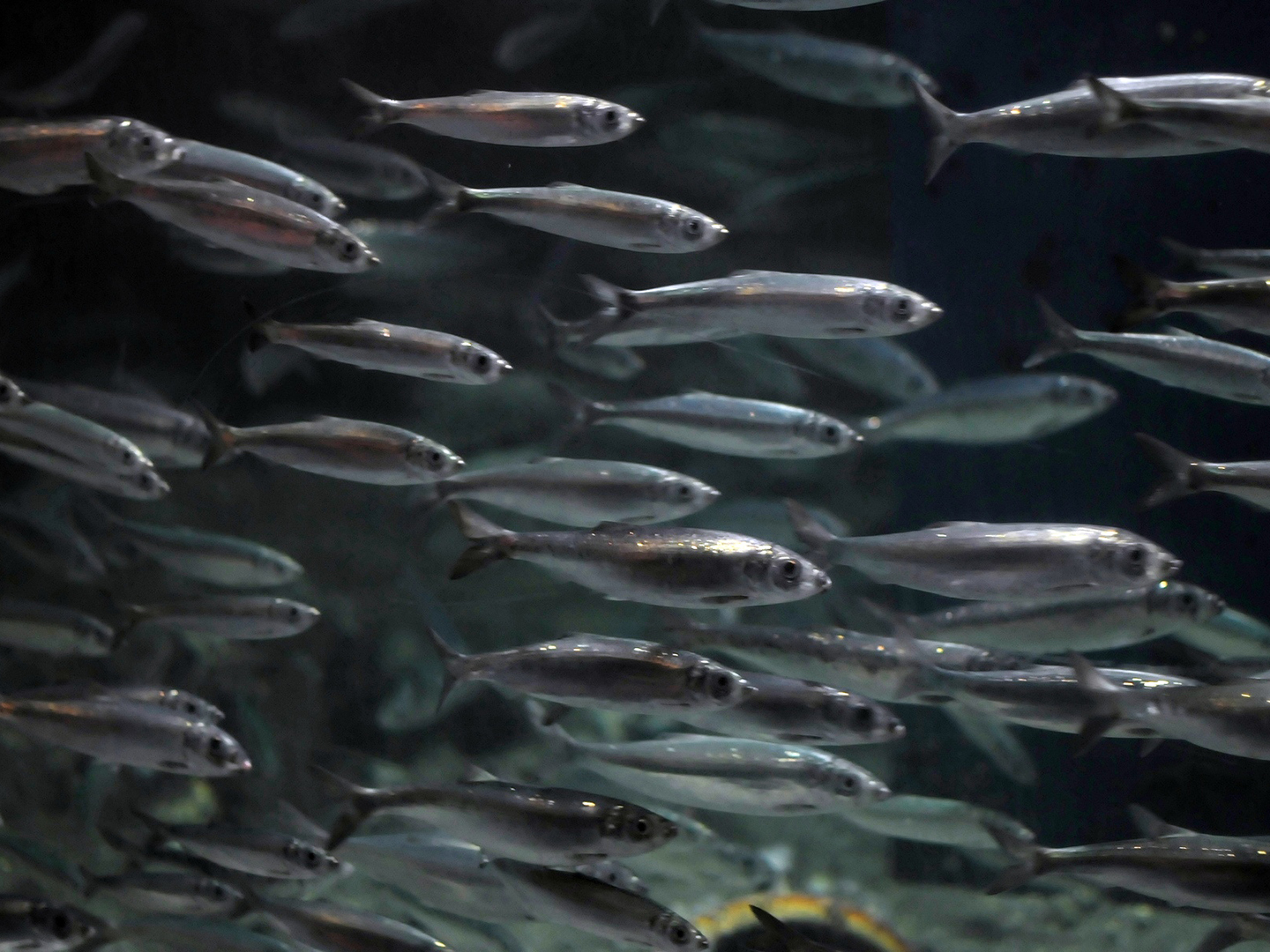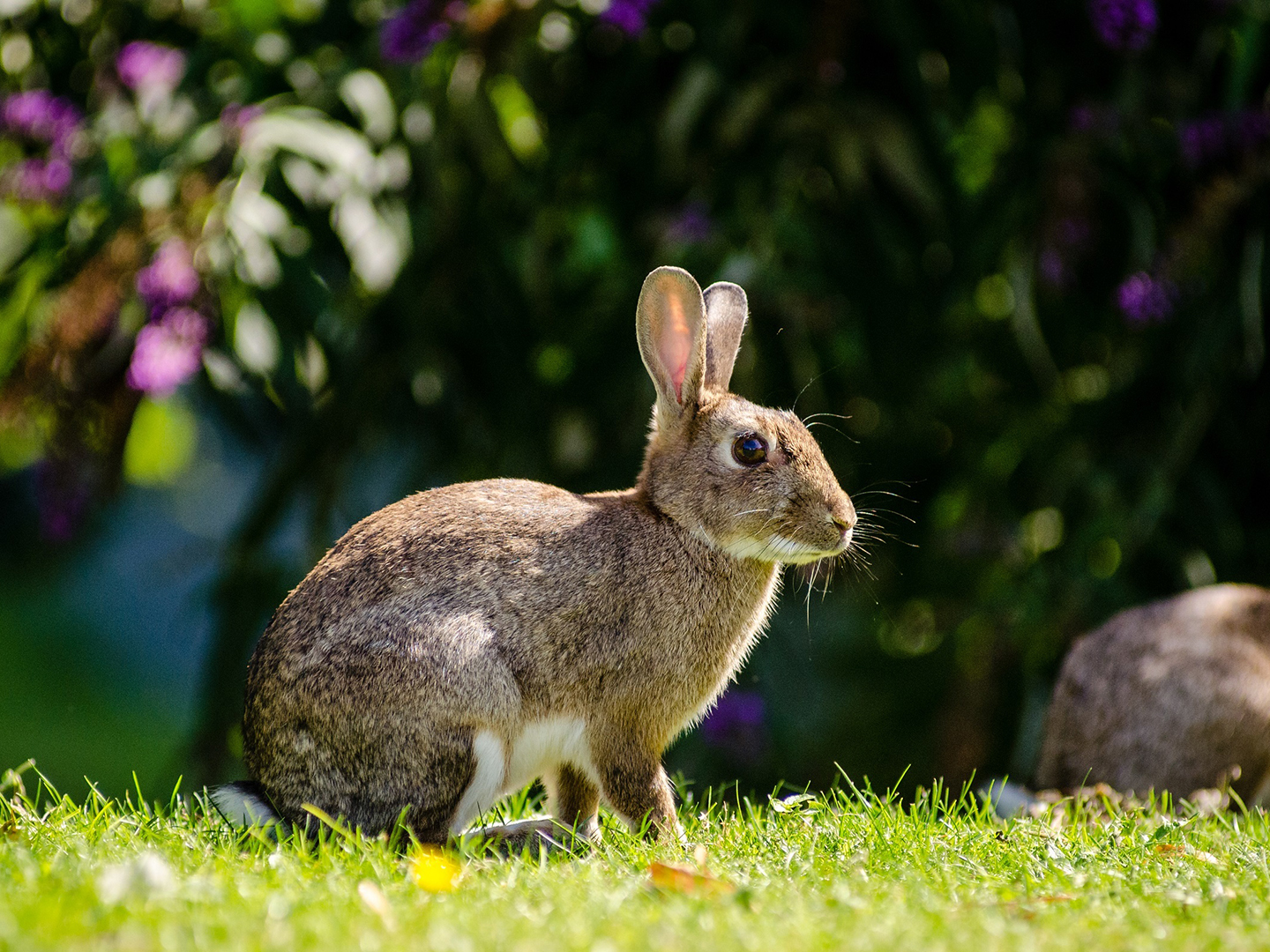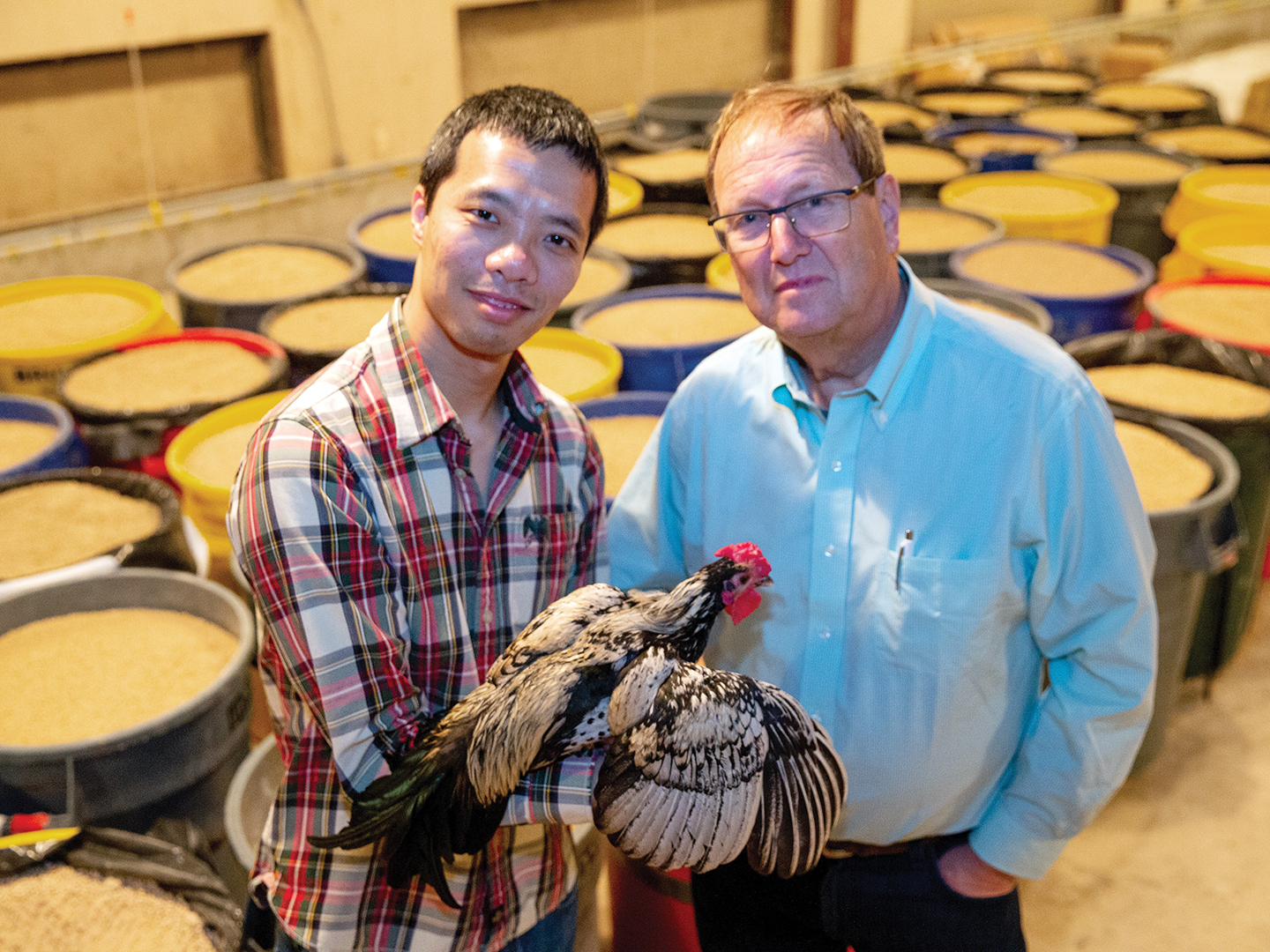Texas A&M Researchers Discover Gene Variants That Determine Speed Of Graying In Horses
Scientists from the Texas A&M College of Veterinary Medicine and Biomedical Sciences (VMBS) and Uppsala University in Sweden now understand why some gray horses turn completely white as they age, while others remain an eye-catching “dappled” gray color. As published in the journal Nature Communications, the deciding factor is the number of copies of a […]
Texas A&M Research Collaboration Uncovers How Domestic Rabbits Become Feral In The Wild
Researchers at the Texas A&M School of Veterinary Medicine & Biomedical Sciences (VMBS) have uncovered how natural selection “rewilds” domestic rabbits. The study, recently published in Nature Ecology and Evolution, helps answer the question of how normally tame rabbits — which have many natural predators — can become a force of ecological destruction when purposefully […]
Texas A&M Researchers Share Road Map Promoting Sustainable Fishing
The new system can also be used to assess and manage the genetic diversity of any species. Researchers at the Texas A&M School of Veterinary Medicine & Biomedical Sciences (VMBS) have released a road map to help the global fishing industry become more sustainable. The five-step plan outlines how the fishing industry can use population […]
Genome Study Reveals 30 Years Of Darwin’s Finch Evolution
A landmark study on contemporary evolutionary change in natural populations released by an international team of researchers led by Texas A&M University professor Dr. Leif Andersson reveals that 45% of the variation in the highly heritable beak size of Darwin’s finches can be attributed to only six genomic loci (fixed positions on a chromosome). Among […]
Researchers Discover Genetic Key To The Rapid Evolution Of Darwin’s Finches
An international team of researchers, including Drs. Leif Andersson and Brian Davis from the Texas A&M College of Veterinary Medicine & Biomedical Sciences (CVMBS), has made a new discovery that advances scientists’ understanding of the evolution of Darwin’s finches. In a study published today in Science Advances, the researchers identify 28 gene regions that have […]
Texas A&M Researcher Discovers Why Darwin’s Finches Have Different Beak Colors
Dr. Leif Andersson, a professor at the Texas A&M College of Veterinary Medicine & Biomedical Sciences (CVMBS) and Uppsala University, and researchers from Uppsala and Princeton universities have uncovered the genetic basis for the yellow beak color of some Darwin’s finch nestlings. Several species of Darwin’s finch nestlings have a beak color that is either […]
CVMBS Genomic Research Supports Sustainable Harvesting Of Atlantic Herring
An international team of researchers including Dr. Leif Andersson, a professor at the Texas A&M College of Veterinary Medicine & Biomedical Sciences (CVMBS), and Minal Jamsandekar, a Ph.D. student in the CVMBS Biomedical Sciences program, have used whole genome sequencing to document 53 herring populations from the Atlantic Ocean and the Baltic Sea. These data […]
Study On Rabbit Brain Reveals Genetic Markers Of Domestication
An international team of researchers led by Dr. Leif Andersson, a professor at the Texas A&M College of Veterinary Medicine & Biomedical Sciences (CVMBS), has found changes in gene expression patterns across the brain between wild and domestic rabbits, which likely contributed to the evolution of tameness during domestication. By demonstrating that domestic animals acquired […]
Texas A&M Researcher Sheds Light On Genetic Mechanisms Of Sex Determination
An international team of researchers led by Leif Andersson, a professor at the Texas A&M College of Veterinary Medicine & Biomedical Sciences (CVMBS), has been able to reconstruct the origins of the male sex chromosome in the Atlantic herring, determining that the male-specific region of this genetic storehouse contains only three genes: a sex-determining factor […]
A Wonder-Full Life: Dr. Leif Andersson
As a pioneer of domestic animal genetics, Dr. Leif Andersson is driven by a fascination in the things he can’t explain. The world of genetics might at first seem to be far removed from our daily lives, conjuring images of glass test tubes and sterile gloves contained within a laboratory. However, Dr. Leif Andersson, a […]

